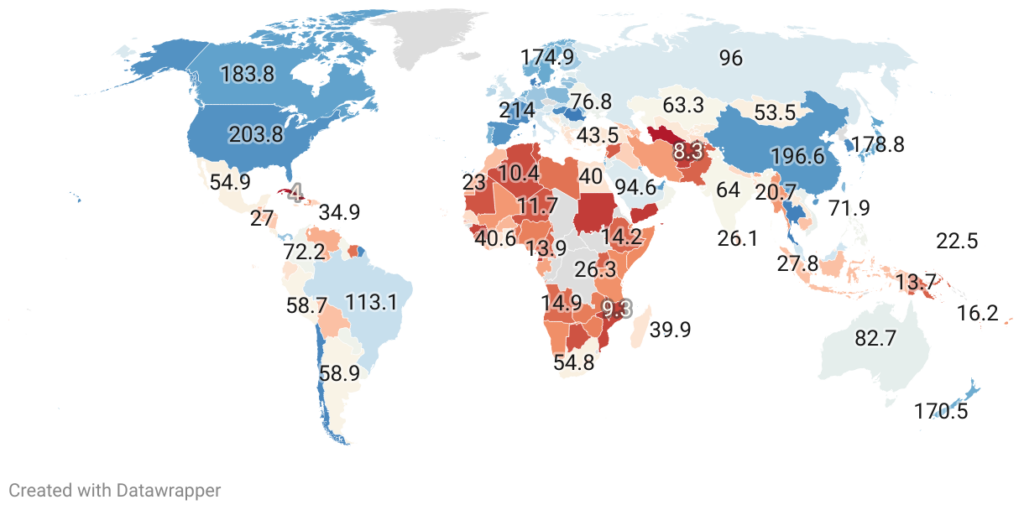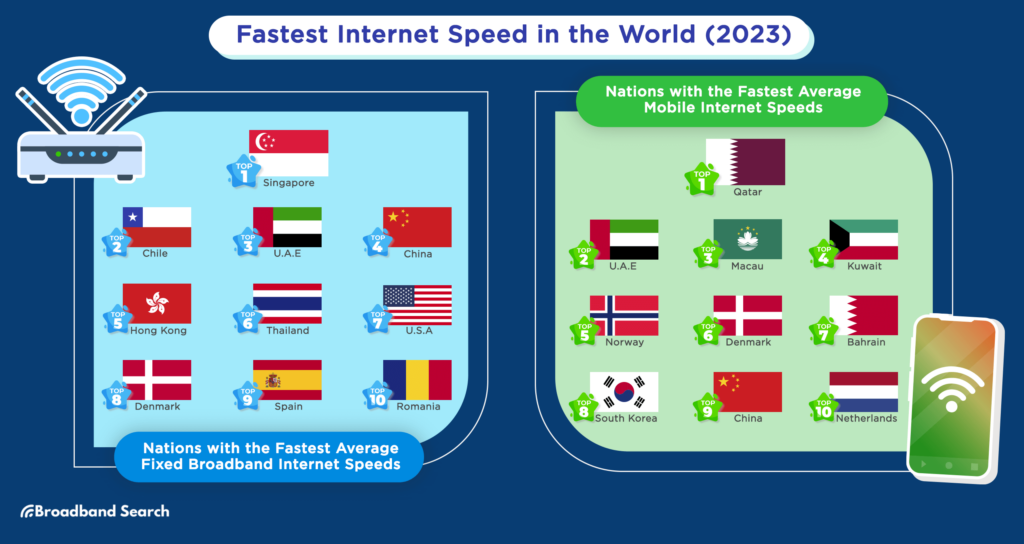In today’s world that is increasingly reliant on digital connections, home internet speeds have become a critical component of daily life. Home internet access influences everything from remote work and education to entertainment. However, a stark contrast exists between the lightning-fast services available in developed countries and the sluggish speeds often found in developing regions. This disparity not only highlights technological advancements but also underscores the ongoing challenge of bridging the digital divide.

What’s Happening & Why This Matters
The current state of home network speeds varies widely across the globe. In developed countries like the US, UK, and Japan, residents enjoy some of the fastest connections, enabling seamless streaming, gaming, and browsing experiences. These nations benefit from extensive infrastructure investments and competitive markets that drive innovation and affordability. The impact on daily life and the economy is profound, with fast internet being a catalyst for growth and efficiency.
Conversely, developing countries such as India, Brazil, and South Africa face significant hurdles in providing comparable speeds to their citizens. Challenges include limited infrastructure, high costs, and regulatory hurdles. Despite these obstacles, concerted efforts are underway to elevate network speeds, with governments and private entities investing in broadband expansion and new technologies.

The Digital Divide Deepens
The term “digital divide” refers to the gap between those who have access to modern information and communication technology and those who do not. Home network speeds are a critical factor in this divide, as slow or unreliable internet can significantly hamper access to digital resources, education, and economic opportunities. Bridging this divide requires global cooperation and innovative solutions to ensure equitable access to high-speed internet for all.

The future of home network speeds looks promising, with advancements in fiber optics, 5G technology, and satellite internet (i.e., ) poised to revolutionize connectivity. These technologies promise not only to increase speeds but also to make high-quality internet access more widely available, including in remote and underserved areas. However, achieving these advancements will require overcoming significant technical, financial, and regulatory challenges.
TF Summary: What’s Next
As we look to the future, the global landscape of home internet speeds is poised for significant change. The ongoing efforts to improve infrastructure and embrace new technologies hold the potential to not only enhance speeds in developed countries but also to dramatically improve access in developing regions. The ultimate goal is a world where high-speed internet is not a luxury but a given, empowering individuals and communities worldwide. Bridging the digital divide and ensuring equitable access to technology will be crucial steps in unlocking the full potential of global society in the digital age.



